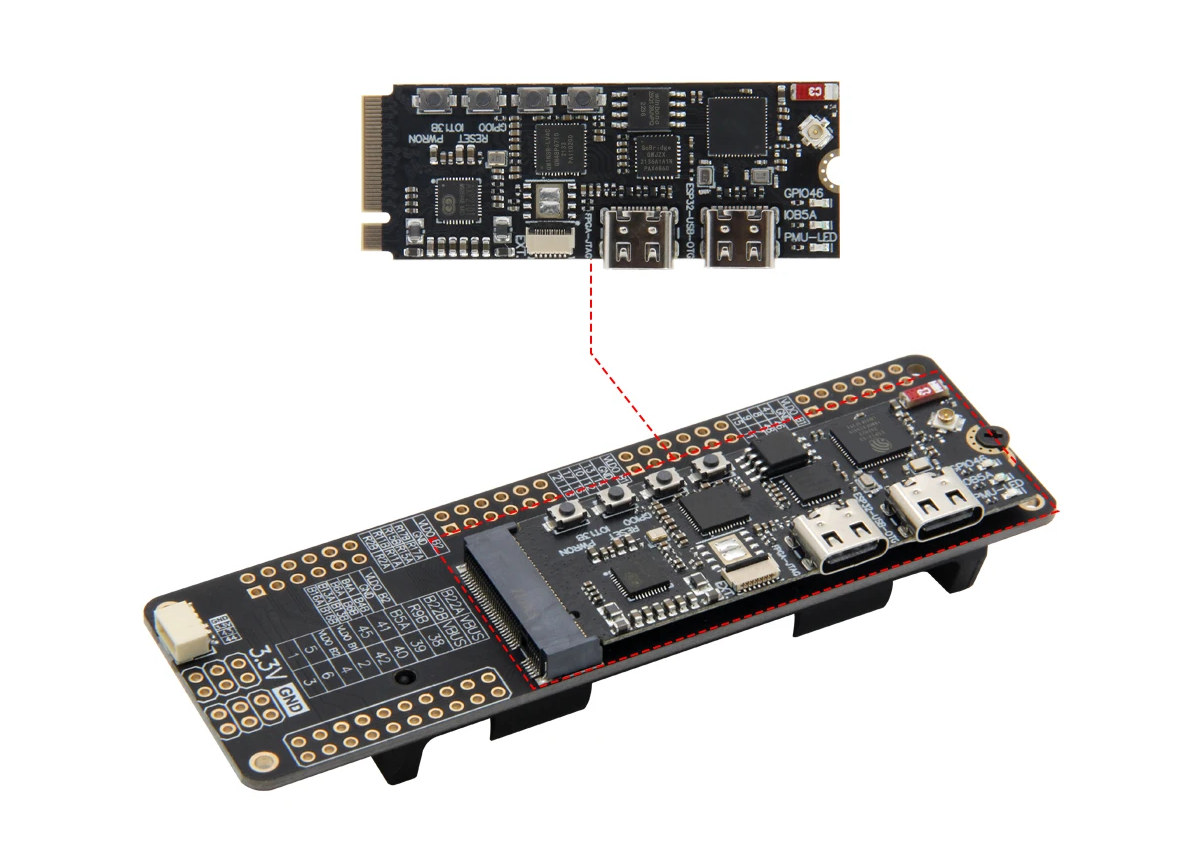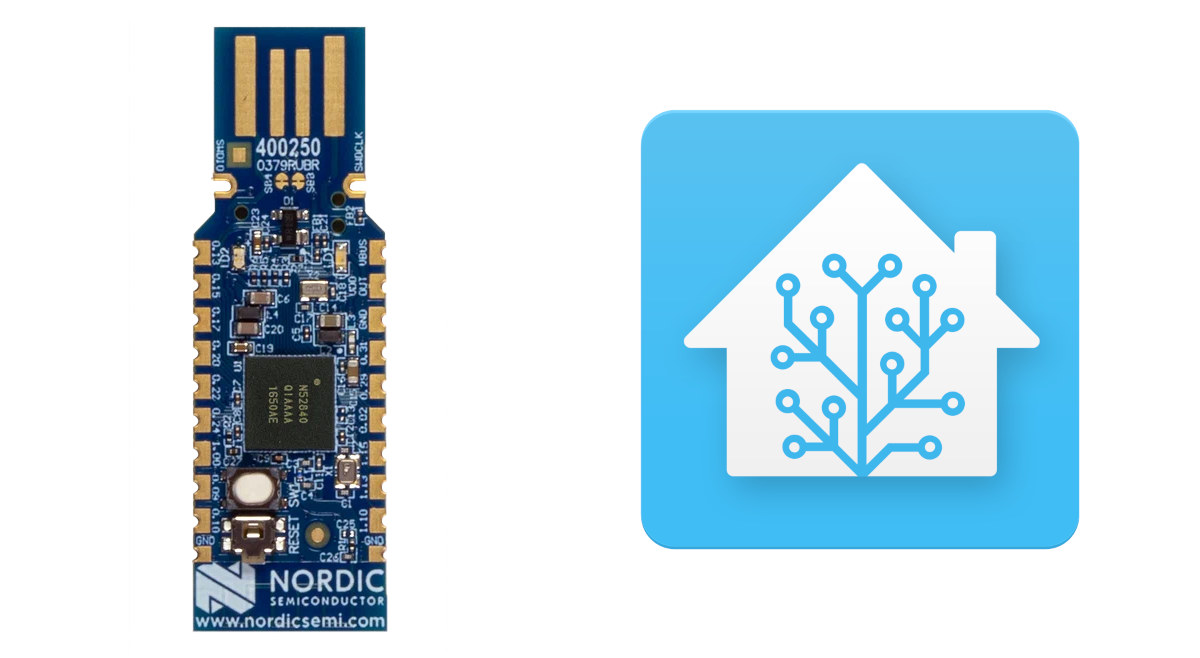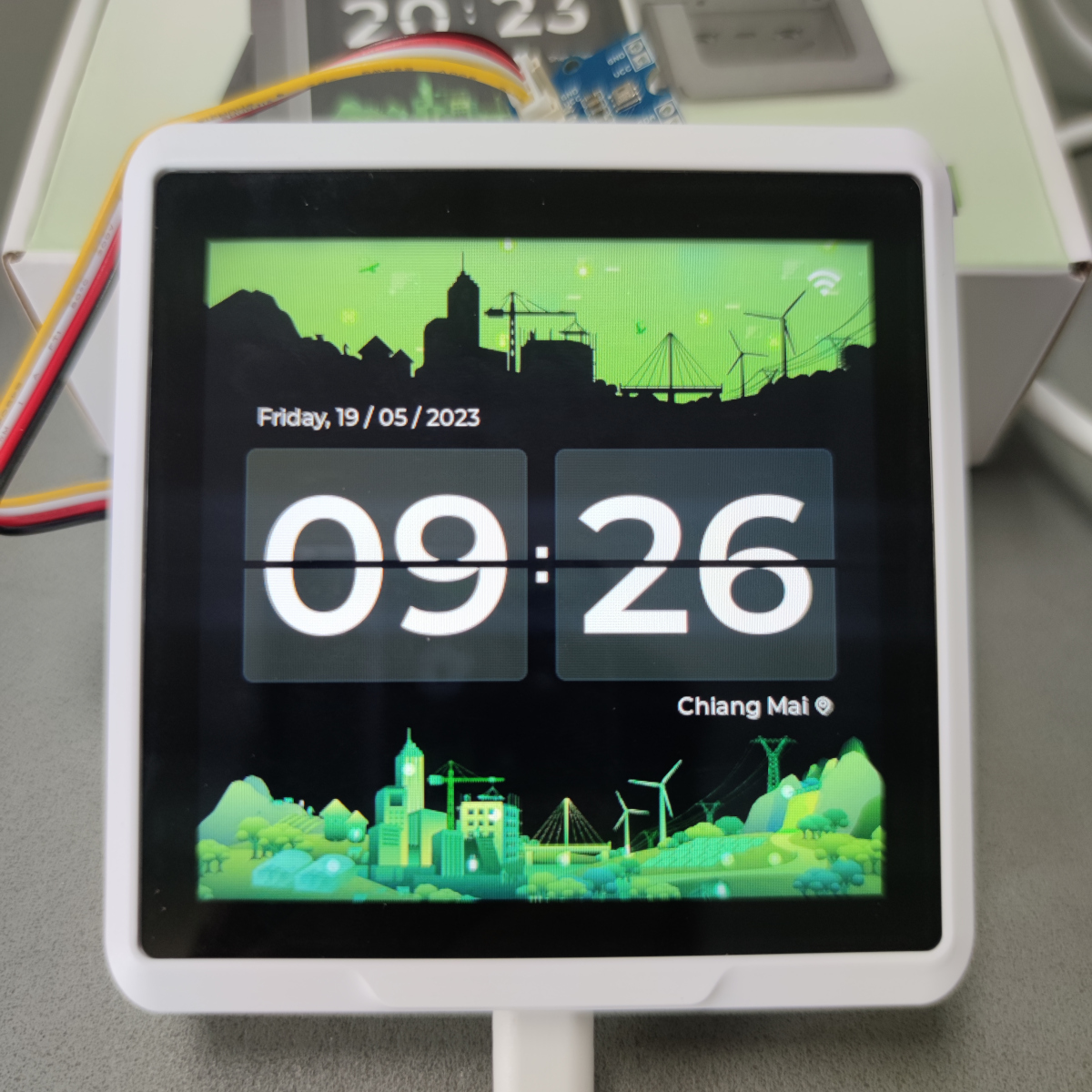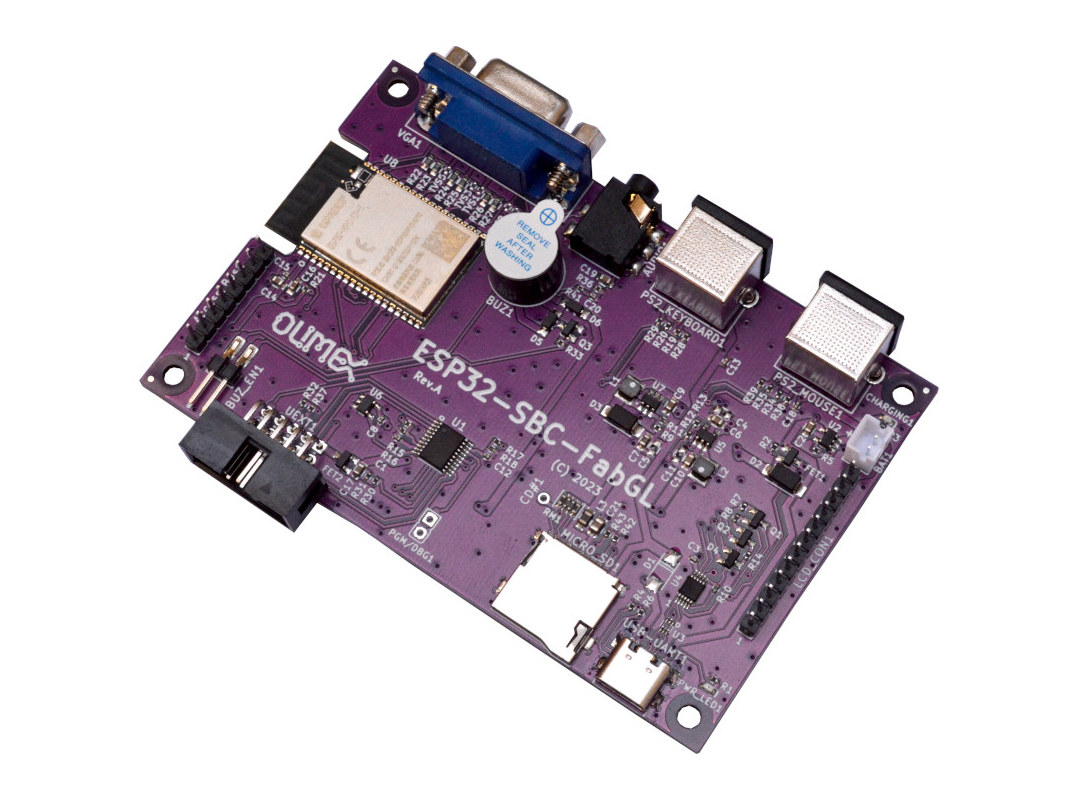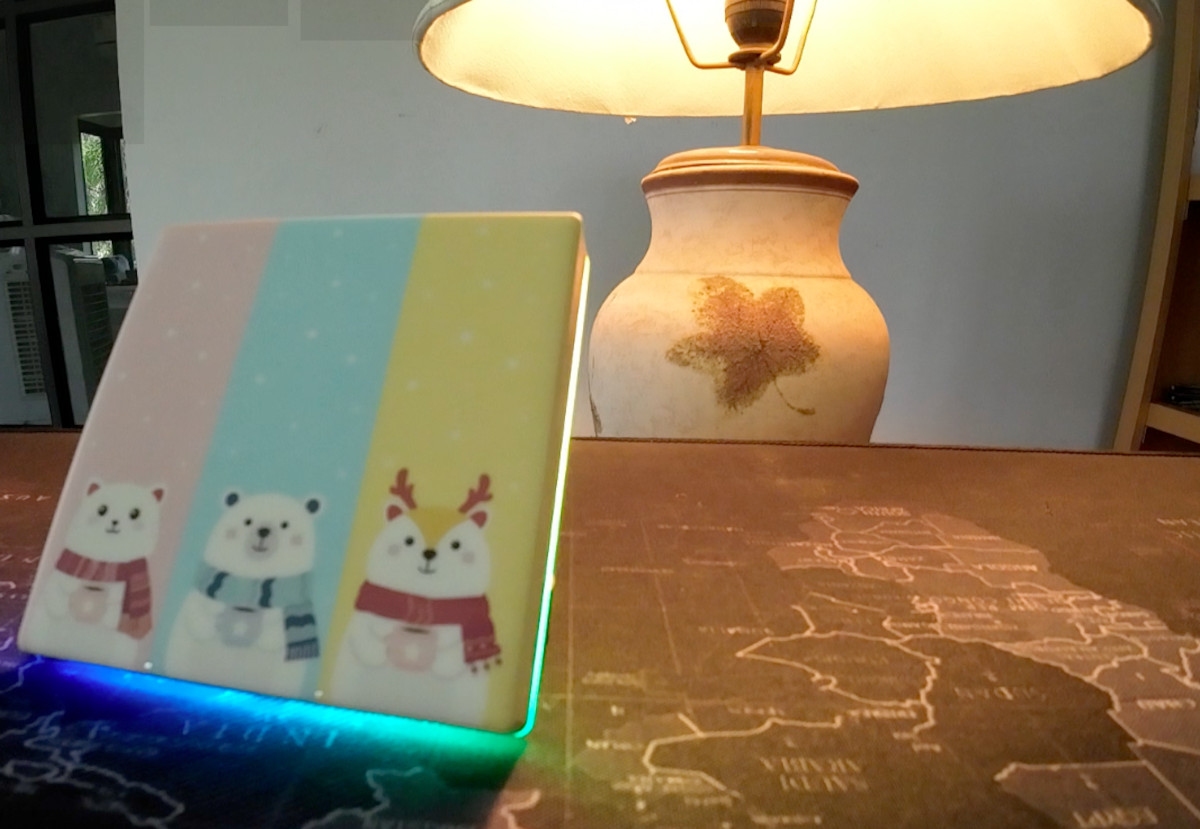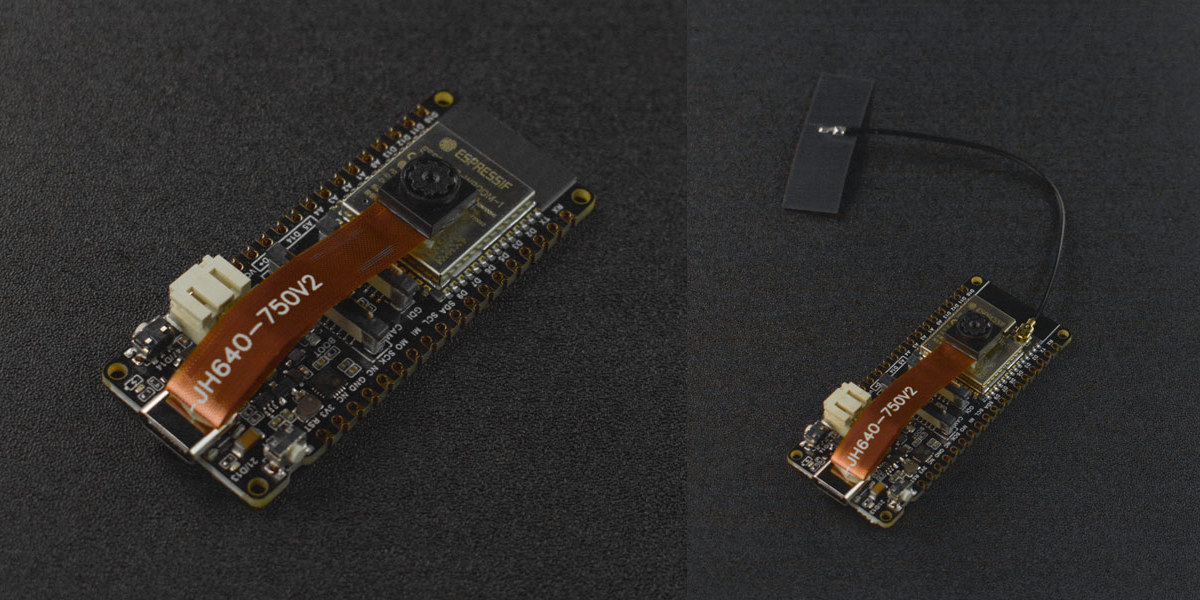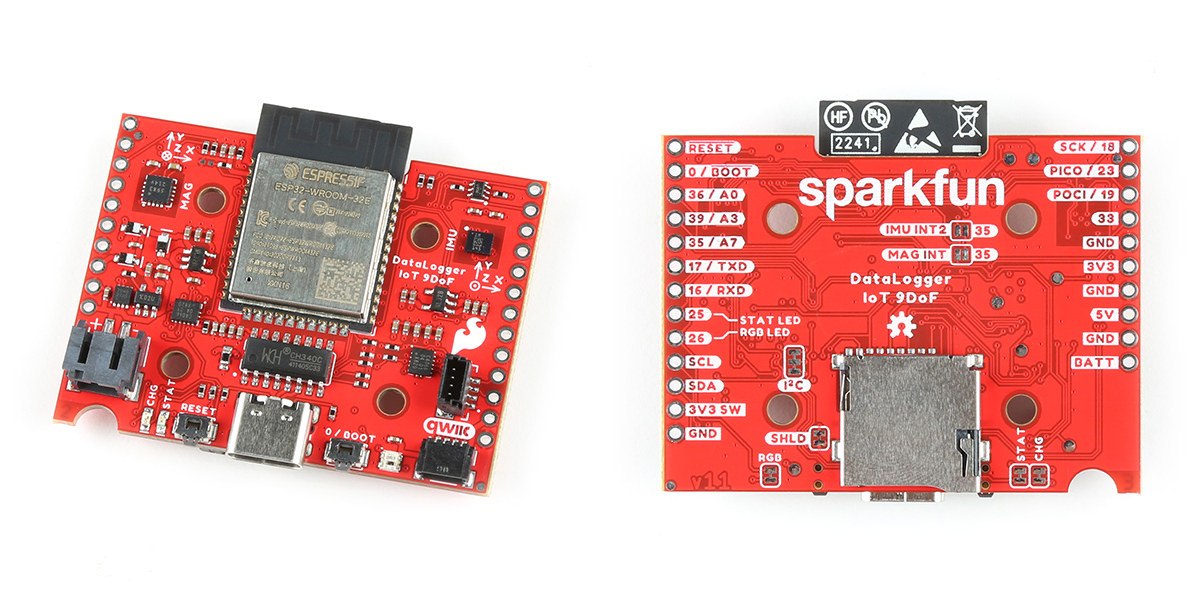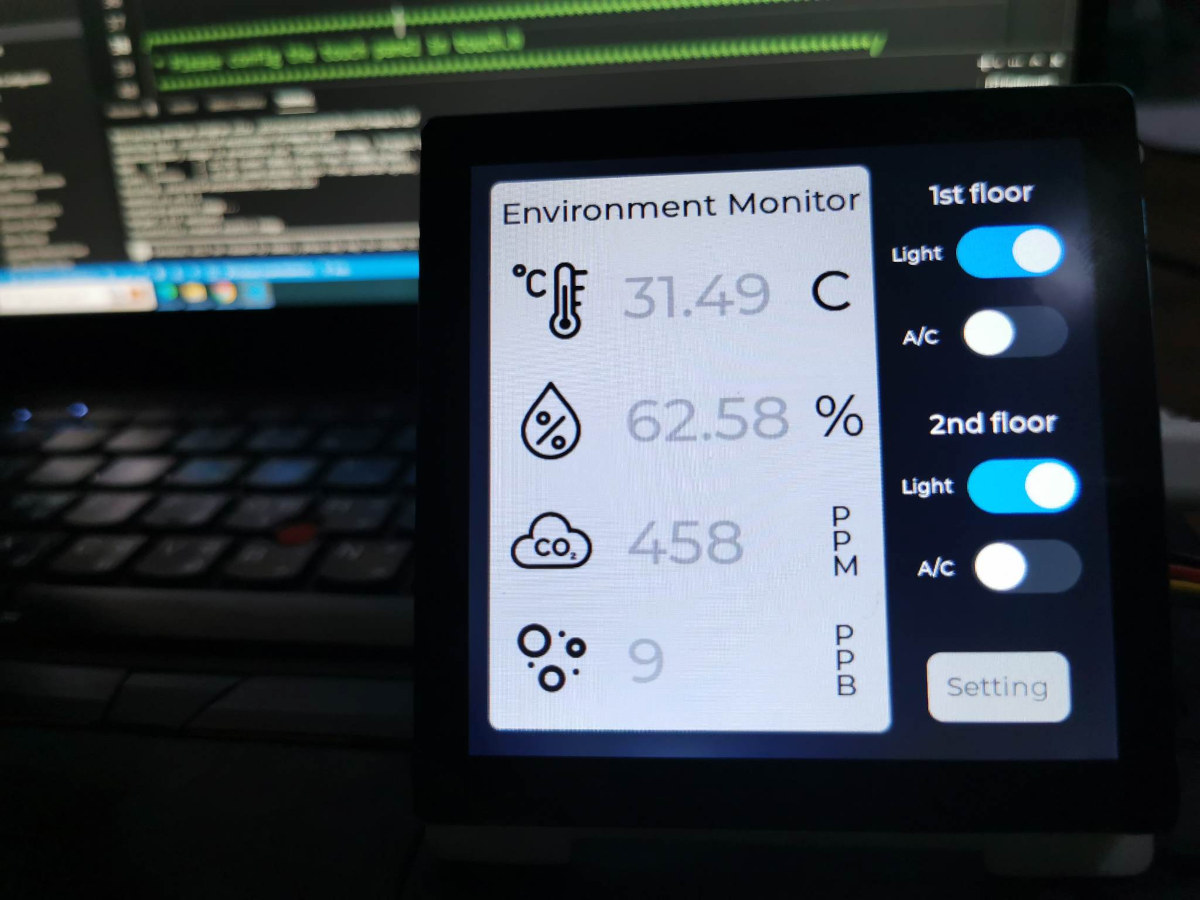LILYGO T-FPGA development kit is comprised of an M.2 module with an ESP32-S3 WiFi and Bluetooth wireless microcontroller and a Gowin GW1NSR-4C FPGA with 4,608 LUTs, and a carrier board that gives easy access to I/Os and comes with a 18650 battery holder. The module comes with a USB -C OTG port connected to the ESP32-S3, and a USB-C FPGA port for the FPGA. The “T-FPGA shield” carrier board includes four Pmod interfaces and a STEMMA Qt/Qwiic connector for expansion, plus several pins for 3.3 and GND, and another 20-pin I/O header. LILYGO T-FPGA specifications: Wireless MCU – Espressif Systems ESP32-S3R8 dual-core Tensilica LX7 @ up to 240 MHz with vector instructions for AI acceleration, 512KB RAM, 8MB PSRAM, wireless connectivity Storage – 16MB flash FPGA – Gowin Semiconductors GW1NSR-LV4CQN48PC6/I5 with 4,608 LUT4, 256Kb flash, 64Mb PSRAM, 64Mb Hyperflash, 32Mb NOR flash Connectivity via ESP32-S3 2.4 GHz 802.11 b/g/n Wi-Fi […]
zigpy-zboss library makes Nordic Semi nRF52840 Zigbee dongles compatible with Home Assistant
zigpy-zboss is a Python library that adds support for Nordic Semiconductor nRF52840 modules to zigpy open-source Python Zigbee stack project, as well as other Network Co-Processor radios that run firmware based on ZBOSS Open Initiative (ZOI). This enables integration with compatible Zigbee gateway implementations such as Home Assistant’s ZHA integration component and allows users to directly control Zigbee devices from a wide range of manufacturers such as IKEA, Philips Hue, SmartSung SmartThings, ITEAD SONOFF, Xiaomi Aqara, and others. Home Assistant’s ZHA integration already worked with Zigbee dongles based on Silicon Labs Mighty Gecko EFR32MG21 or Texas Instruments CC2652P microcontrollers, but now it’s possible to use nRF52840 dongles and development as Zigbee Coordinators thanks to the zigpy-zboss library. The zigpy-zboss ZBOSS radio library for zigpy source code and resources can be found on GitHub, but note that this is still an unofficial and experimental port, so testers need to manually […]
SenseCAP Indicator D1Pro Review – An ESP32-S3 & RP2040 IoT devkit with a 4-inch display, LoRa connectivity, sensors
The SenseCAP Indicator D1Pro is an IoT development kit based on ESP32-S3 WiFi & BLE chip, a Raspberry Pi RP2040 microcontroller, and offering LoRa connectivity through an SX1262 RF chip. It also features a 4-inch touchscreen display, two Grove interfaces with ADC & I2C, and two USB Type-C ports including one exposing GPIOs, and the D1Pro integrates tVOC and CO2 sensors, plus the kit ships with an external Grove AHT20 TH sensor for temperature and humidity measurements. SenseCAP Indicator D1Pro Features Dual MCUs and GPIO expansion with the Espressif ESP32-S3 and Raspberry Pi RP2040 microcontrollers and support for over 400 Grove-compatible modules. Real-time air quality monitoring thanks to the built-in tVOC and CO2 sensors, and an external Grove AHT20 TH sensor for more precise temperature and humidity readings. Local LoRa Hub for IoT Connectivity thanks to the integrated Semtech SX1262 LoRa chip for connecting LoRa devices to IoT platforms such […]
Olimex ESP32-SBC-FabGL board runs DOS, offers VGA , PS/2 keyboard and mouse connectors
Olimex ESP32-SBC-FabGL is an ESP32 single board computer that can serve as the brain of a retro computer with a VGA port, a 3.5mm audio jack, and two PS/2 ports for a keyboard and mouse that are handled by the open-source FabGL graphics library. The board also comes with a microSD card slot, a buzzer, and various expansion interfaces, and can be powered via its USB port or a LiPo battery. FabGL implements several emulators including an Intel 8080 CPU emulator that allows the system to run various versions of DOS among other things. ESP32-SBC-FabGL specifications: Wireless module – ESP32-WROVER dual-core WiFi and Bluetooth module with 4MB flash, 8MB PSRAM Storage – MicroSD card slot Display – VGA connector, 12-pin LCD HAT connector to enable handheld designs Audio – 3.5mm audio jack, built-in buzzer USB – 1x USB-C port for power and programming User inputs – PS2 keyboard connector, PS2 […]
SONOFF TX Ultimate Review – A smart touch wall switch with innovative features
SONOFF has been producing a wide range of new products over the years, and since the beginning of the year, the company introduced various new products and features including the iHost Smart Home Hub local hub which no longer requires cloud connectivity. The one we are going to review is the Ultimate Smart Touch Wall Switch (also known as the SONOFF TX Ultimate). SONOFF stated that they wanted to provide a new experience with their smart switch. Initially, we couldn’t imagine what new experiences a smart switch could offer. When we think of SONOFF, we usually associate it with affordable smart switches that are durable and perform as expected, not stylish or feature-rich devices. However, the SONOFF TX Ultimate comes as a complete package with light, color, sound, and touch. SONOFF has also expanded the touch area, so there’s no need to worry about missing the button while pressing it. […]
FireBeetle 2 ESP32-S3 camera board ships 16MB flash, 8MB PSRAM, PCB or external antenna
DFRobot “FireBeetle 2 ESP32-S3” is a 2MP camera board with ESP32-S3N16R8 dual-core WiFi and Bluetooth microcontroller fitted with 16MB flash and 8MB PSRAM, and offered in two versions: a more compact variant with a PCB antenna, and one with an external antenna offering a better signal quality. The FireBeetle 2 ESP32-S3 also features two rows of I/Os with GPIO, I2C, SPI, ADC, USB 2.0, etc…, a USB-C port for power and programming, a few buttons, and support for a LiPo battery through a 2-pin JST connector and a charging circuit. FireBeetle 2 ESP32-S3 specifications: ESP32-S3-WROOM-1 wireless module SoC – ESP32-S3FN16R8 dual-core Tensilica LX7 microcontroller @ 240 MHz with 2.4 GHz 802.11n WiFI 4 and Bluetooth 5.0 LE connectivity Memory – 8MB PSRAM Storage – 16MB SPI flash Camera – Camera connector fitted with 2MP OV2640 camera with 68° FoV, up to 1600×1200 resolution Display – GDI connector for optional 1.54-inch, […]
SparkFun “Datalogger IoT – 9DoF” no code platform supports over 50 Qwiic sensor modules
SparkFun “DataLogger IoT – 9DOF” is an ESP32-based data logger board that transfers data to a microSD card or wirelessly to the cloud and comes with firmware that can automatically detect over 50 Qwiic modules without any programming required from the user making it a so-called “no code platform“. The board comes with a 9-axis IMU sensor + magnetometer, and two Qwiic connectors, and the data is stored in CSV or JSON formats on a microSD card or sent to IoT cloud platforms such as Amazon AWS IoT, Microsoft Azure, or Mathworks ThingSpeak using protocols like MQTT or HTTP. SparkFun “Datalogger IoT – 9DoF” specifications: Wireless module – ESP32-WROOM-32E: ESP32 dual-core microcontroller 4MB flash 2.4 GHz WiFi and Bluetooth LE connectivity, built-in PCB antenna Storage – MicroSD card slot Sensors 6-axis IMU accelerometer & gyro (ISM330DHCX) Magnetometer (MMC5983MA) 2x Qwicc I2C connectors for additional sensors USB – 1x USB Type-C […]
Review of MaTouch_ESP32-S3 4-inch Display Demo Kit with sensors, Arduino, LVGL graphics library
Makerfabs MaTouch_ESP32-S3 4-inch Display Demo Kit is an ESP32-S3 development board with a 4-inch touchscreen display, a TVOC sensor, and a thermal camera. It can be used to make various projects such as electronic photo frames. air quality monitors, or patient screening devices MaTouch_ESP32-S3 4-inch display demo kit unboxing When we unpack the box, we will find the device as in the picture, consisting of the following items: The mainboard of the MaTouch_ ESP32-S3 4-inch Display with the following specifications: Controller – ESP32-S3-WROOM-1, PCB Antenna, 16MB Flash, 8MB PSRAM, ESP32-S3-WROOM-1-N16R8 Wireless – WiFi & Bluetooth 5.0 Storage – MicroSD card slot LCD 4.0-inch IPS display with 480×480 resolution, 50+ FPS RGB 5/6/5+ SPI interface using ST7701S controller. 5 Points Touch, Capacitive via GT911 touch panel driver. Audio – MAX98357A USB – Dual USB Type-C (one for USB-to-UART and one for native USB); USB to UART Chip: CP2104 Expansion – 2x […]


